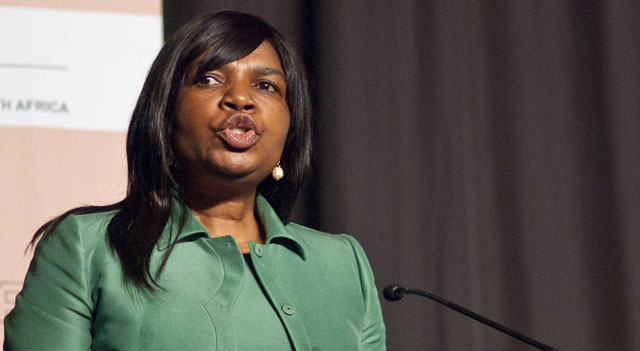
Communications minister Dina Pule said on Thursday that she had instructed the top management of state-owned enterprises (SOEs) that fall under the department’s control that they have to report to her at least once a month in future to update her on progress made.
This was a departure from past practice whereby Pule held separate, quarterly bilateral meetings with each of the companies.
Companies that fall under Pule include the SABC, the Post Office and Sentech.
“These meetings will also serve as a platform to find speedy resolutions to challenges that the SOEs face,” Pule’s department said in a statement. “This leadership team will be bolstered by specialists within the portfolio who would be required to address specific issues that would be addressed by the meeting.”
Pule said the move was designed to ensure that the department of communications improved the quality of service delivered to consumers by the SOEs.
Pule held two multilateral meetings with the leadership teams of the Independent Communications Regulator of South Africa (Icasa), the SABC, Sentech, the Post Office, Universal Service & Access Agency of South Africa and the eSkills Institute in the past week.
The discussions with Icasa centred on the cost to communicate. Icasa will hold a media conference on Friday at which it will outline how it plans to tackle the perceived high cost of communication in South Africa.
“Icasa is currently busy with a broadband market study to determine, among other things, areas of intervention to lower costs,” Pule’s office said. “Icasa has committed to engage in a public consultation process on the lowering of the cost to communicate programme over the next six months.”
In addition, Pule said she would soon announce details about enforcing transparent pricing of technology services and measures to achieve a competitive broadcasting industry, particularly focusing on premium content.
Progress is also being made in the migration from analogue to digital terrestrial television. A system is being developed to allow South Africans to use their location data or address information to find current and final signal coverage, as well digital television service providers such as post offices, installers and retail shops near to them. They’ll also be able to find additional technical information such as the type of aerial required to receive digital signals in the area where they live. — (c) 2013 NewsCentral Media




